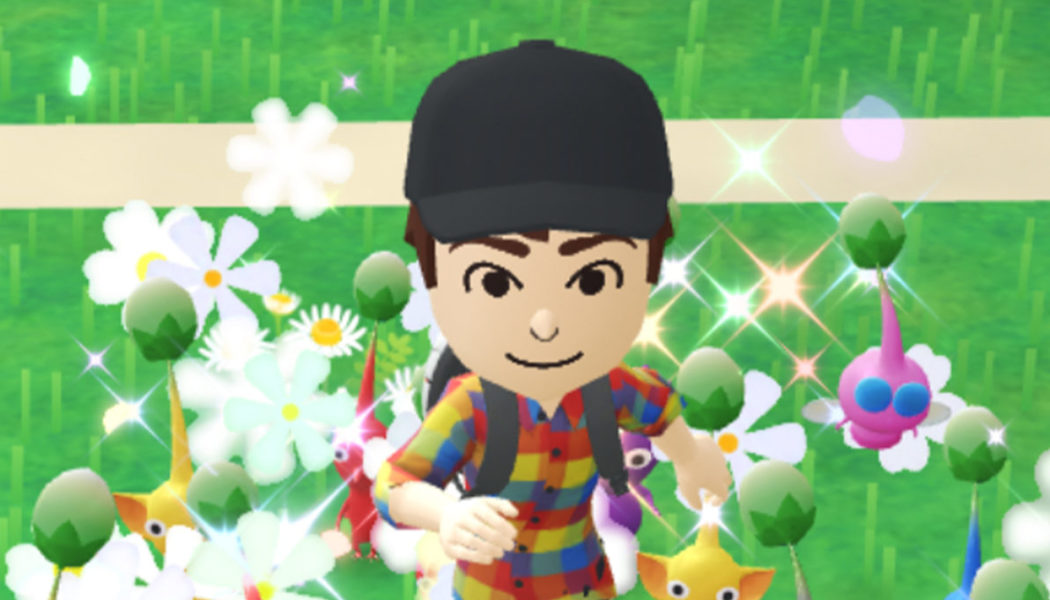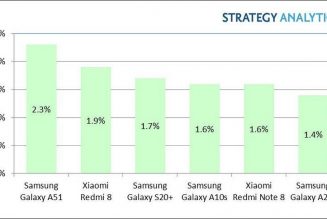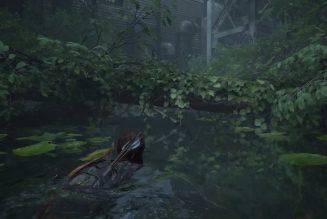There’s something strangely satisfying about leaving a trail of colorful flowers in your wake as you explore a neighborhood. It’s also one of the main hooks of Pikmin Bloom, the next release from the creator of Pokémon Go, and another app designed to get you moving in the real world. I’ve been able to play the game for the past few days, and while it’s less of a game than Pokémon Go, it definitely adds some magic and fun to a daily walk.
Pikmin Bloom is starting its gradual rollout today, and it’s part of a new partnership between Nintendo and Niantic. The game is billed as a collaboration between Nintendo and Niantic’s Tokyo studio, and Mario creator Shigeru Miyamoto even appears in the launch trailer. Pikmin isn’t necessarily the most obvious choice to kick off the partnership, as it’s one of Nintendo’s more obscure franchises. But in a meeting with reporters, Niantic CEO John Hanke said that it’s also a fictional world that fit well with the type of game the studio wanted to make.
“We experimented with a variety of different gameplay types and different characters with Nintendo,” he explains. “And after a lot of experimentation and discussion, we settled on Pikmin as the perfect vehicle to express what Nintendo does well and what Niantic does well in a single game.”
For the uninitiated, pikmin are sentient plant creatures that work well in groups and have unique abilities depending on their color. In the main games, players control large groups of them to solve puzzles. It’s sort of a mix between a puzzle game and real-time strategy. In Pikmin Bloom — at least early on — the goal is primarily to collect and grow new creatures. You do this, of course, by walking. You can gather new seeds to plant in your backpack (for some reason), and each requires a certain number of steps to grow into a full-on pikmin.
You can also feed your pikmin nectar, which causes them to bloom, netting you petals, which can then be used to plant flowers on your walks. This has two benefits. From a gameplay perspective, your little pikmin seedlings will grow faster while you’re also leaving a flower trail. But they also just make things look pretty. Just like in Pokémon Go, the main in-game view is a cartoon-ish map of the world around you. It’s mostly empty aside from some pikmin sprouts you can collect at specific locations. But you’re able to spruce things up with those trails of flowers.
From what I’ve played, Pikmin Bloom is much less of a traditional game than Pokémon Go. (This is especially true if you look at the current version of Go, which has changed a lot since its debut in 2016.) It’s a more passive experience. So far, I’ve mostly left it on in the background as I’ve gone about my day, checking in periodically to see if any pikmin have bloomed or to turn on the flower trail when I go outside. To go along with this, Bloom has an interesting journal-like feature that sums up your activities for each day. At the end of the day, you’ll get to see what you did and how much you walked in a little video, and you can access that info from a calendar. There’s even the option to add photos or notes to personalize things further, so you can go back and see what you really did on a particular day.
So while there are some obvious similarities between Pikmin Bloom and Pokémon Go — that includes an AR feature so you can see the cute plant creatures walking around in the real world — philosophically, they seem to be going in slightly different directions. Whereas Pokémon Go was an attempt to turn a beloved fictional world into an IRL experience, Pikmin Bloom instead uses a cute Nintendo franchise as a way to gamify walking.
That said, I’m still very early in the game, and there’s also a very good chance it will be regularly updated with new features in the coming weeks and months. In fact, it sounds like more game-like elements are already in the works. During a call with reporters, Madoka Katayama — UX director at Niantic’s Tokyo studio — mentioned more perilous elements that could potentially put your pikmin in danger.
“Most of the time, it’s pretty safe, but there will be certain gameplay where some of them may not return,” she says. “But it’s something that rarely happens in the game, and it happens a little bit further into the gameplay.” Which raises a very important question: death has always been a part of the Pikmin experience — so will it be present in Pikmin Bloom?
“We don’t use the term death,” Katayama says. “They never actually die conceptually.”









